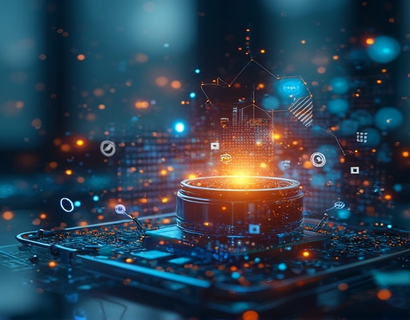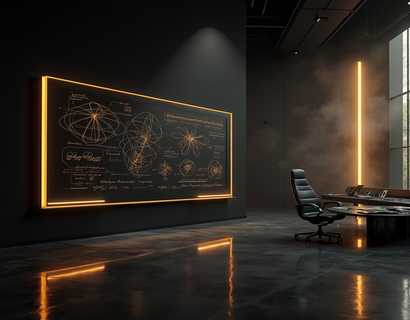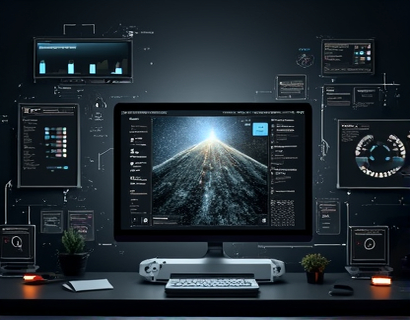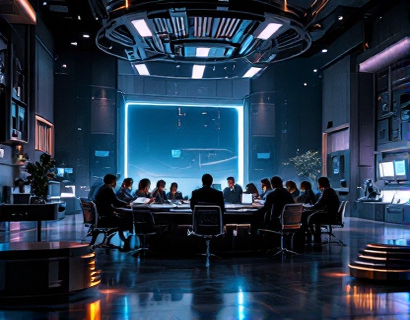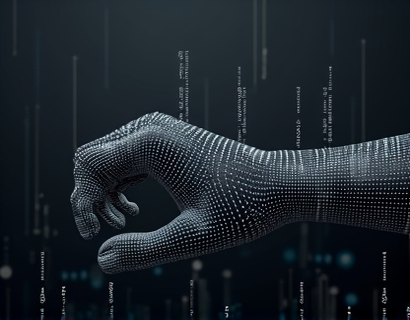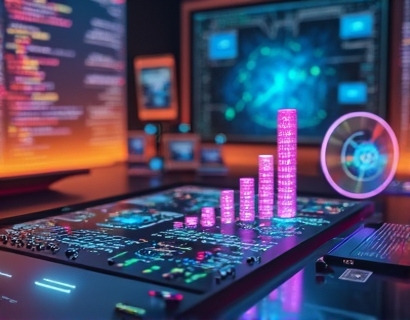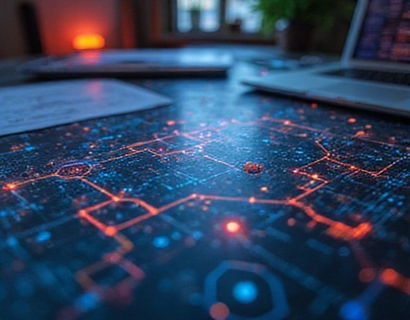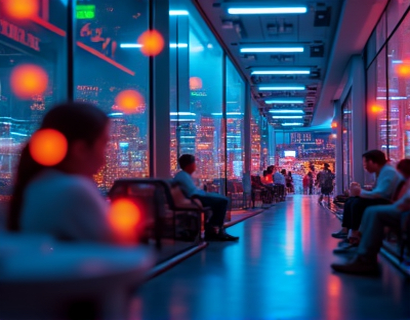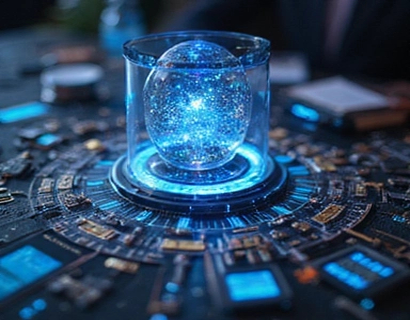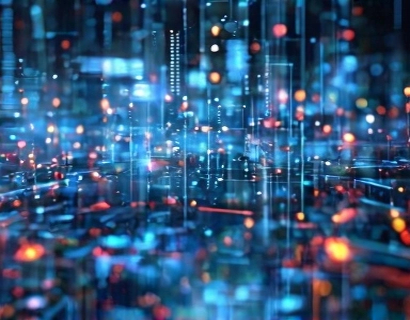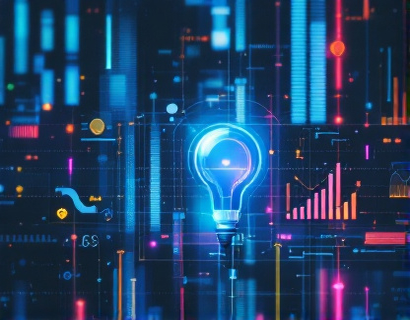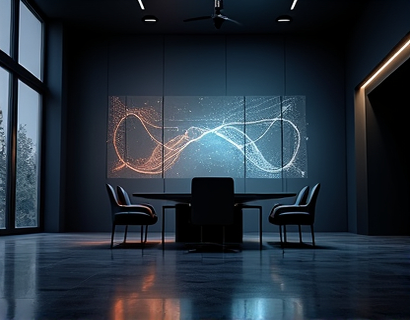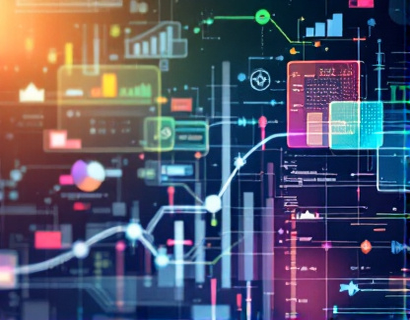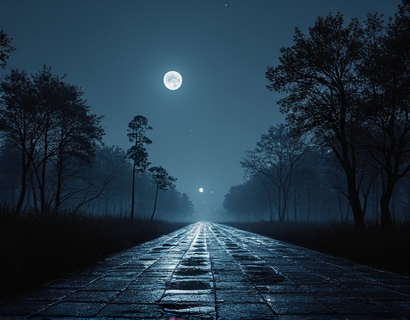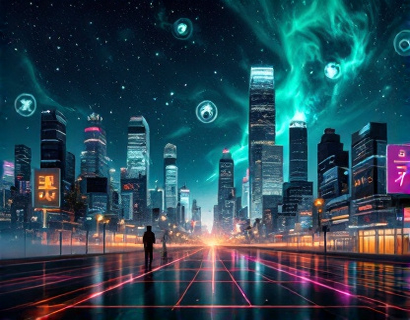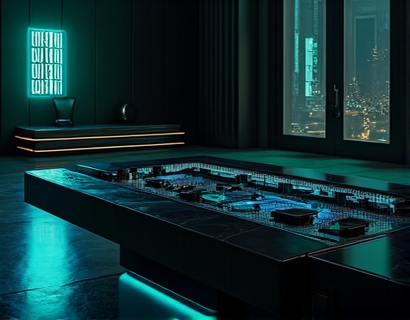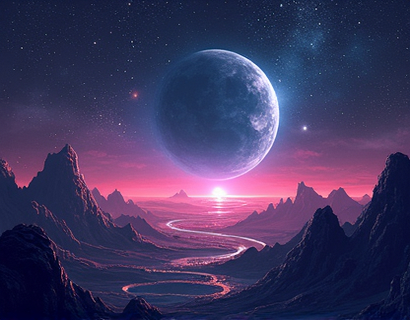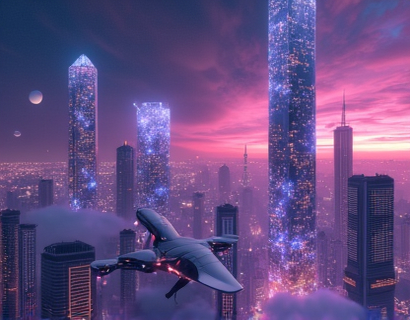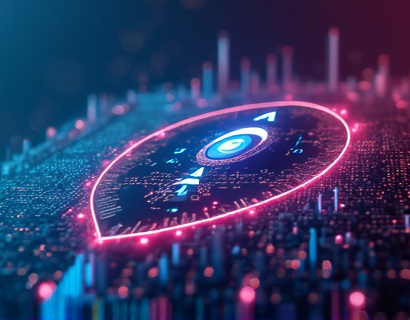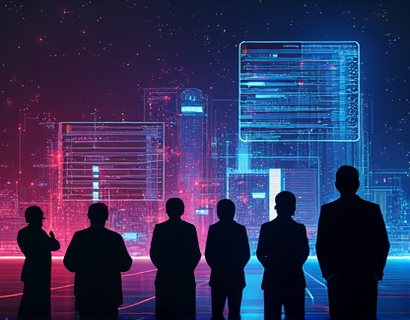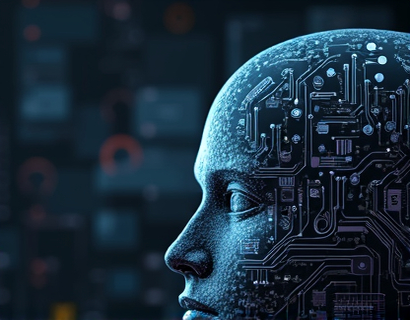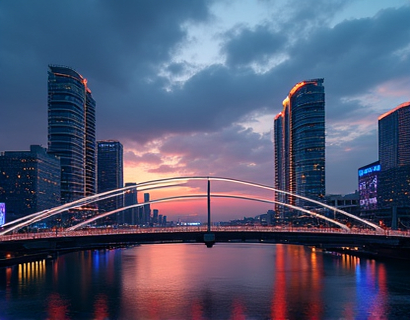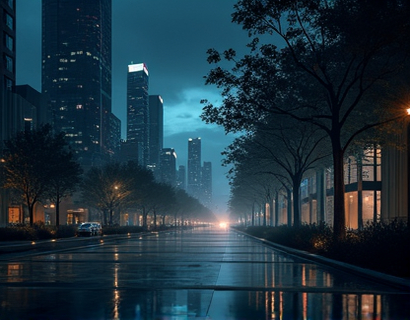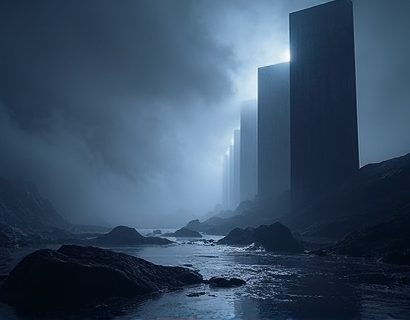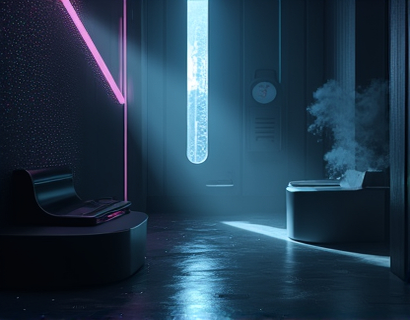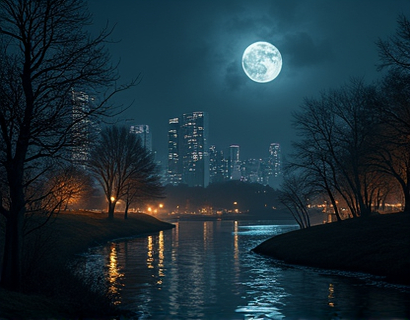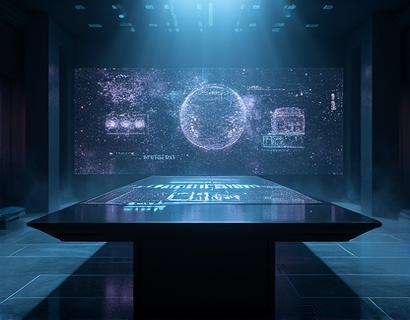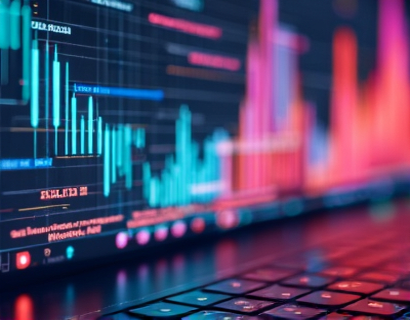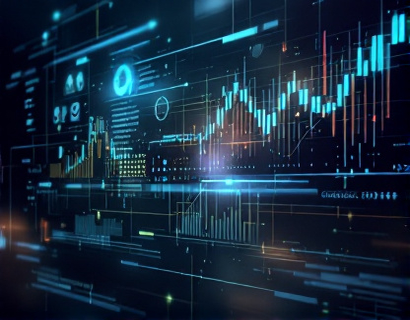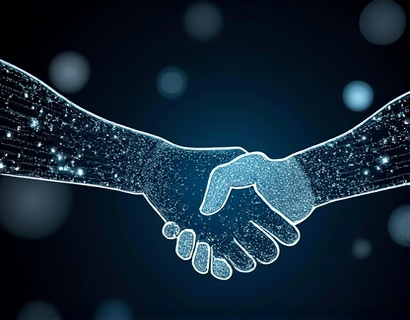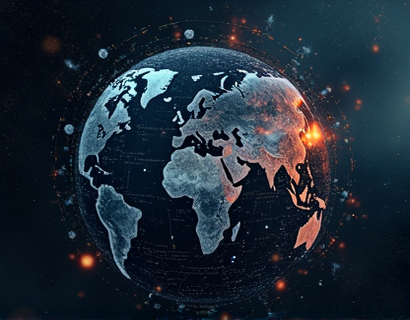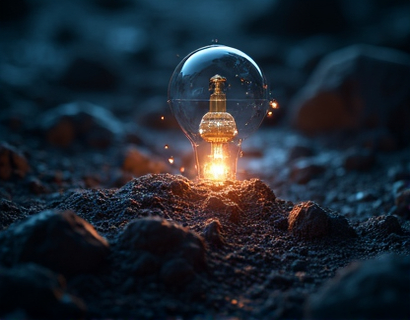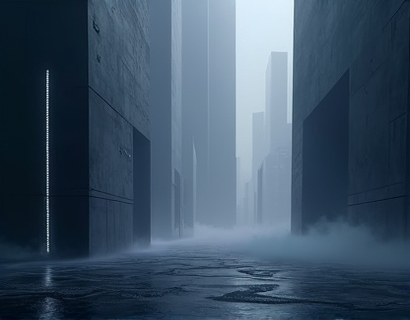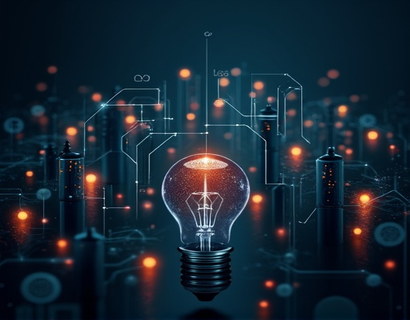Exploring the Animation Universe with AI-Powered Insights
The world of animation is a vibrant and ever-evolving landscape, captivating audiences of all ages with its blend of creativity, storytelling, and technological innovation. For families, enthusiasts, and young learners, delving into the intricacies of animation can be both an educational and entertaining journey. This article aims to guide readers through the animation universe, leveraging AI-powered insights to provide verified knowledge tailored for various audiences. From the artistry behind animated films to the technical processes involved, this exploration ensures a safe and engaging educational experience.
Understanding Animation: A Brief Overview
Animation is the process of creating motion and illusions through the rapid display of sequential images. The term originates from the French word "animer," meaning "to give life to." Animation has a rich history, dating back to the late 19th century with pioneers like Émile Reynaud and his Praxinoscope. Over the decades, animation has transformed from simple hand-drawn illustrations to complex computer-generated imagery (CGI), each era bringing its unique techniques and innovations.
The Art and Craft of Animation
The creation of animation involves a blend of art and technology. Artists conceptualize characters and scenes, while technicians bring these visions to life through various methods. Traditional animation, or cel animation, involves drawing each frame by hand on transparent sheets called cels. This painstaking process requires immense skill and patience, resulting in fluid and expressive movements.
With the advent of digital technology, computer-generated animation has become the norm. Software like Adobe Animate, Maya, and Blender allow animators to create detailed 2D and 3D animations with greater efficiency. 3D animation, in particular, has revolutionized the industry, enabling the creation of photorealistic environments and characters. Films like "Toy Story" and "Avatar" have showcased the potential of CGI, pushing the boundaries of what is visually possible.
Key Stages in Animation Production
The animation production process can be broken down into several key stages, each crucial for the final product:
- Concept and Storyboarding: This initial phase involves developing the story and visual concept. Storyboard artists sketch out the sequence of events, providing a visual blueprint for the animation.
- Character Design: Characters are designed with attention to detail, ensuring they are visually appealing and convey the intended emotions. Character designers work closely with storyboard artists to ensure consistency throughout the animation.
- Animation Layout: Also known as pre-visualization, this stage involves creating a rough animation of the storyboard to determine camera angles, timing, and pacing. This helps identify any issues before the actual animation begins.
- Animation Production: This is where the magic happens. Animators bring the characters and scenes to life, frame by frame. In traditional animation, this involves drawing each frame, while in CGI, it involves manipulating digital models.
- Voice Recording: Voice actors bring characters to life through their performances. The timing of their lines is crucial, often synchronized with the animation to enhance the overall experience.
- Sound Design and Music: Sound effects and musical scores play a vital role in setting the mood and enhancing the emotional impact of the animation. Sound designers and composers work closely with directors to create an immersive audio experience.
- Editing and Post-Production: The final stages involve editing the animation, adding special effects, and ensuring the audio and visual elements align perfectly. This stage is critical for polishing the final product.
AI in Animation: Enhancing Creativity and Efficiency
The integration of AI in animation has opened new possibilities for creators. AI tools can assist in various aspects of the production process, from generating ideas to automating repetitive tasks. For instance, AI algorithms can analyze existing animations to suggest new character designs or story developments, sparking creativity. Additionally, AI can streamline tasks like background generation, texture mapping, and even voice synthesis, allowing animators to focus more on the artistic aspects.
However, it's important to note that AI is a tool to augment human creativity, not replace it. The unique vision and emotional depth that human artists bring to animation remain irreplaceable. AI can handle the technical and time-consuming aspects, enabling artists to explore more complex and innovative ideas.
Educational Resources for Animation Enthusiasts
For those passionate about animation, there is a wealth of resources available to deepen their understanding and skills. Online platforms, tutorials, and courses cover a range of topics from the basics of animation principles to advanced techniques in CGI. Websites like Coursera, Udemy, and Khan Academy offer structured learning paths, while YouTube channels and forums provide valuable insights and community support.
One of the benefits of AI-powered chat interfaces is their ability to provide personalized learning experiences. Users can ask specific questions, receive tailored recommendations, and access verified information at their convenience. This interactive approach makes learning more engaging and effective, especially for young learners who benefit from immediate feedback and interactive content.
Animation for Families: A Shared Experience
Animation is not just for children; it is a form of entertainment that can be enjoyed by the entire family. Animated films and series often tackle universal themes and emotions, making them relatable to audiences of all ages. Movies like "Up," "Inside Out," and "Coco" have resonated with both children and adults, offering deep narratives and beautiful visuals.
For families looking to explore animation together, there are numerous resources available. Streaming services and movie rentals offer a wide selection of animated content, from classics to recent releases. Additionally, many museums and cultural institutions host exhibitions and workshops focused on animation, providing a hands-on learning experience for the whole family.
Encouraging Creativity in Young Learners
Animation can be a powerful tool for fostering creativity in young learners. Engaging with animated stories can inspire children to think creatively and express themselves through art. Activities like drawing characters, creating stop-motion animations, or even writing their own storyboards can help develop their imaginative skills.
Educational programs that incorporate animation into the curriculum can further enhance learning. For example, students can explore the science behind motion, the mathematics of animation timing, and the history of animation as an art form. These interdisciplinary approaches not only make learning more enjoyable but also help develop a well-rounded set of skills.
Ensuring a Safe and Engaging Experience
When exploring the animation universe, especially online, it is crucial to ensure a safe and appropriate environment for children and students. AI-powered chat interfaces can play a significant role in this regard. These platforms can be designed with child-friendly features, such as age-appropriate content filters, parental controls, and educational guidelines.
Content verification is another key aspect. By cross-referencing information from trusted sources and providing accurate, up-to-date data, AI chat interfaces can help users avoid misinformation. This is particularly important in an era where false information can spread quickly. Ensuring that the information provided is reliable and verified helps build trust and confidence in the platform.
Conclusion
The world of animation is a rich and diverse landscape, offering endless opportunities for learning and enjoyment. With the help of AI-powered insights, families, enthusiasts, and young learners can navigate this universe with confidence, gaining verified knowledge and engaging with high-quality content. Whether it's understanding the technical processes behind animation or simply enjoying a beloved animated film, the journey is sure to be both educational and entertaining. As technology continues to evolve, the potential for innovation in animation will only grow, ensuring that this art form remains a source of wonder for generations to come.



